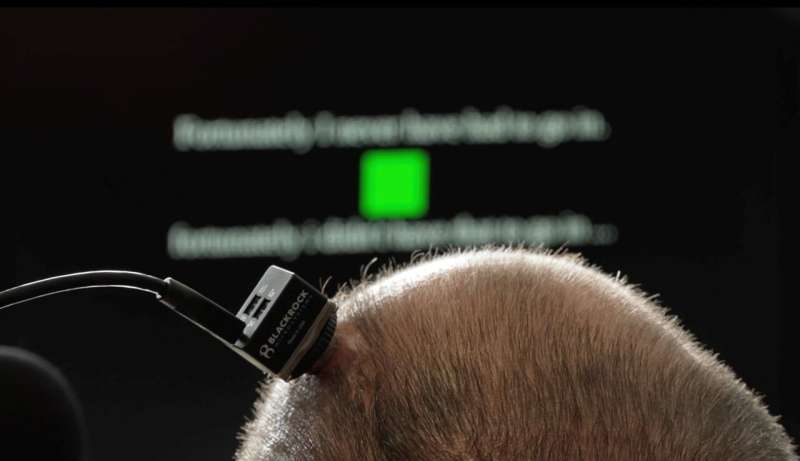In a new study published in the journal Nature, the researchers demonstrate how this new technology can instantaneously translate brain activity into voice as a person tries to speak—effectively creating a digital vocal tract.
The system allowed the study participant, who has amyotrophic lateral sclerosis (ALS), to speak through a computer with his family in real time, change his intonation and sing simple melodies.
“Translating neural activity into text, which is how our previous speech brain-computer interface works, is akin to text messaging. It’s a big improvement compared to standard assistive technologies, but it still leads to delayed conversation. By comparison, this new real-time voice synthesis is more like a voice call,” said Sergey Stavisky, senior author of the paper and an assistant professor in the UC Davis Department of Neurological Surgery. Stavisky co-directs the UC Davis Neuroprosthetics Lab.

